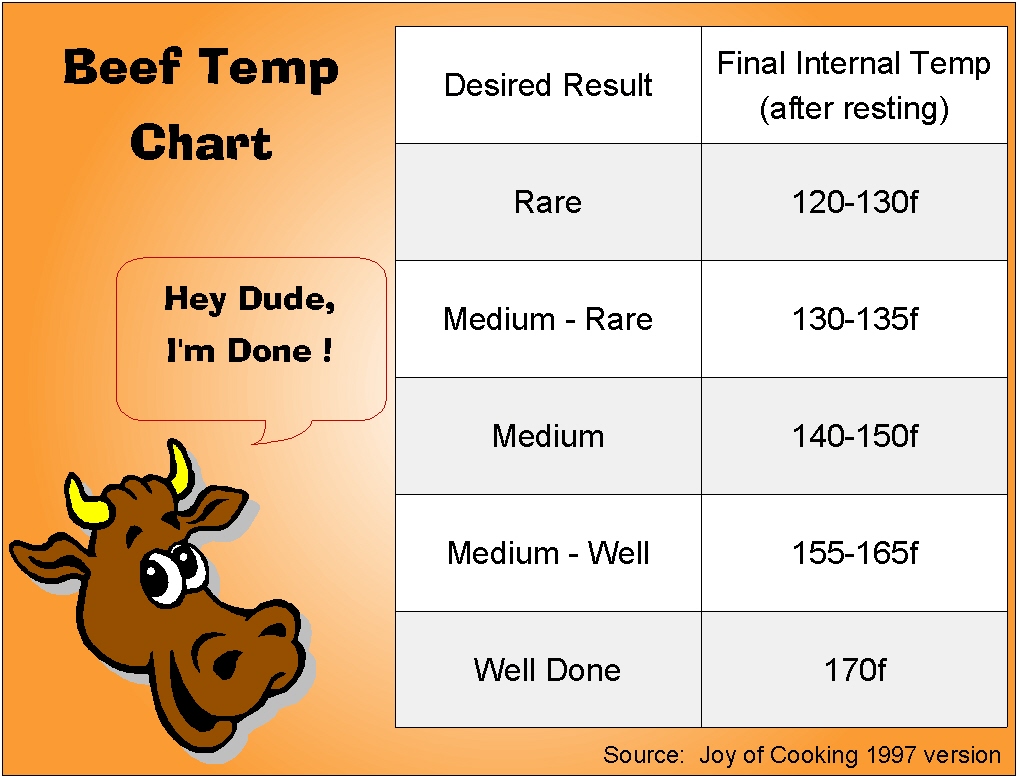Perfect Prime Rib Roast Cooking Time for 3 Pounds
Dreaming of a succulent, perfectly roasted prime rib? A 3-pound prime rib roast is an excellent choice for a smaller gathering, offering a luxurious dining experience without the excess of a larger roast. But achieving that perfect balance of tender, juicy interior and beautifully browned exterior requires understanding the nuances of cooking time.
The question of "how long to cook a 3 pound prime rib roast" isn't a one-size-fits-all answer. Several factors influence the ideal cooking duration, including your desired doneness (rare, medium-rare, medium, etc.), the oven temperature, and even the specific cut of the roast. Mastering the art of prime rib roasting involves understanding these variables and adapting your approach accordingly.
Historically, roasting large cuts of meat like prime rib has been a celebratory tradition. From medieval feasts to modern holiday gatherings, a beautifully roasted piece of meat symbolizes abundance and skillful preparation. The focus on achieving the perfect roast has led to numerous cooking methods and techniques, each designed to maximize flavor and tenderness. The "standing rib roast," as it's sometimes called, has become a centerpiece of many special occasions.
One of the main issues when determining the cooking time for a 3-pound prime rib roast is the potential for overcooking. Overcooking leads to a dry, tough, and less flavorful roast, which is the opposite of the desired result. Understanding how heat transfers through the meat and using a meat thermometer are crucial for avoiding this culinary pitfall. Different ovens also cook differently, so relying solely on time can be risky.
Calculating the cooking time for a 3-pound prime rib roast typically involves estimating around 15-20 minutes per pound for medium-rare. However, this is just a starting point. It's essential to use a meat thermometer to accurately gauge the internal temperature of the roast. For a medium-rare result, aim for an internal temperature of 130-135°F (54-57°C).
A step-by-step guide can be invaluable when tackling a prime rib roast. Begin by patting the roast dry and seasoning it generously with salt, pepper, and your favorite herbs. Searing the roast at a high temperature creates a flavorful crust. Then, reduce the oven temperature and continue roasting until the desired internal temperature is reached. Allowing the roast to rest for at least 15-20 minutes before carving allows the juices to redistribute, resulting in a more tender and flavorful final product.
Advantages and Disadvantages of a Smaller Roast
| Advantages | Disadvantages |
|---|---|
| Shorter Cooking Time | Less Leftovers |
| Easier to Handle and Carve | May be Harder to Achieve Perfect Doneness |
| Suitable for Smaller Gatherings |
Best Practices:
1. Use a meat thermometer: This is the most reliable way to ensure your roast is cooked to your liking.
2. Let the roast rest: Resting allows the juices to redistribute, leading to a more tender and flavorful roast.
3. Season generously: Salt, pepper, garlic powder, and onion powder are classic choices.
4. Sear the roast: Searing creates a flavorful crust.
5. Don’t overcrowd the pan: Allow for proper air circulation.
Frequently Asked Questions:
1. What temperature should I roast my prime rib? Start with a high sear, then lower the temperature to around 325°F (163°C).
2. How long should I let my prime rib rest? At least 15-20 minutes.
3. Should I cover my prime rib while roasting? Generally, no.
4. What sides go well with prime rib? Roasted vegetables, mashed potatoes, Yorkshire pudding.
5. Can I cook a prime rib roast from frozen? It's best to thaw it completely before roasting.
6. How do I know when my prime rib is done? Use a meat thermometer.
7. What if my prime rib is cooking too fast? Reduce the oven temperature.
8. Can I reheat prime rib? Yes, but carefully to avoid overcooking.
Mastering the art of cooking a 3-pound prime rib roast requires attention to detail and an understanding of the factors influencing cooking time. By following best practices, utilizing a meat thermometer, and allowing for adequate resting time, you can achieve a perfectly cooked, juicy, and flavorful roast. From holiday celebrations to intimate dinners, a beautifully roasted prime rib is a culinary centerpiece that impresses and delights. So, gather your ingredients, preheat your oven, and embark on the journey to creating a truly memorable dining experience. Remember, the perfect roast is within your reach. With a little practice and attention to the details outlined above, you'll be serving up restaurant-quality prime rib in no time. Happy roasting!
Unlocking automotive potential fuel efficiency secrets
Lunar rock rav4 conquer the urban jungle and maybe some actual rocks
Maximize your autumn the ultimate guide to wisconsin fall festivals













